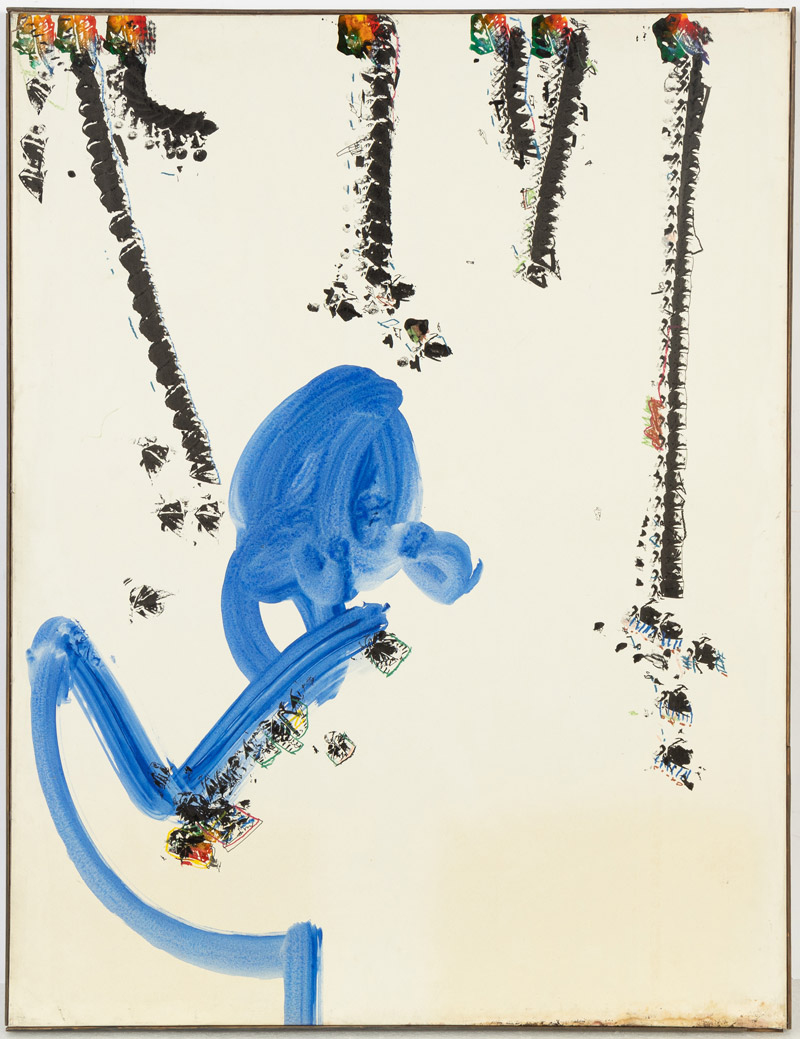Works by Carl Fredrik Reuterswärd from Daniel Cordier's collection F343
Resistance fighter, spy, historian, writer, art dealer; Daniel Cordier lived a thousand lives. In this themed auction, Bukowskis presents 42 works by Carl Fredrik Reuterswärd originally from Cordier's collection.
Carl Fredrik Reuterswärd is not just one artist, he is several – that's how someone put it. An artistry that gave expression to playfulness and enormous scope over almost seven decades, several pseudonyms and most techniques.
Reuterswärd is one of the most internationally well-known Swedish artists. He was an important part of the modern art life that during the 1960s grew and flourished around the then newly opened Moderna Museet. In 1961 he participated in the museum's now iconic group exhibition ”Rörelse i konsten” (Movement in Art), before moving to New York the following year. Pop art with happenings and performances had taken off in the United States and Moderna Museet became the stage for this new art with exhibitions that invited visitors to actively participate in the art. It was suddenly allowed to have fun at an exhibition and to touch and feel the objects. Reuterswärd played an important role in this pioneering period and with his Duchamp-inspired works, often with a humorous touch, he rebelled against established art. The debut at the legendary gallery Samlaren in Stockholm in 1957 was followed by an international breakthrough at the important Galerie Maeght in Paris ten years later.
Reuterswärd is the author of the iconic work "Non violence" which is considered the internationally most famous Swedish work of art in the world. A mark of genius is not infrequently bringing together two things that no one has previously thought of combining. Reuterswärd managed to create an extremely powerful symbol when he combined the revolver and the knot in his work Non-Violence.
In 1989, Reuterswärd suffered a stroke that forced him to change his working hand from right to left. He has described the time after his stroke in part as a form of liberation. He began to draw with his left hand, and the lines and motifs seem to indicate a search both backwards and forwards in time, before and after the brain haemorrhage. In the monumental oil chalk drawings from the late 1990s, both mythological figures and acrobatic exercises appear among the motifs.
Throughout his career, Reuterswärd played with several different aliases and pseudonyms that finally seem to flow into himself, where the enigmatic and dreamlike coexist with hope, existential doubt and conceptual humor. In the current themed auction, Reuterswärd’s ”lackvareller” is the focus, both on canvas and on paper.

10 items


































